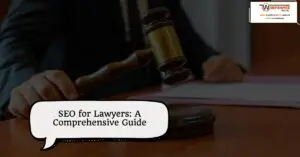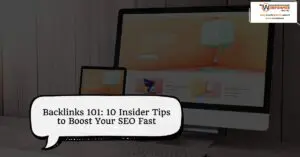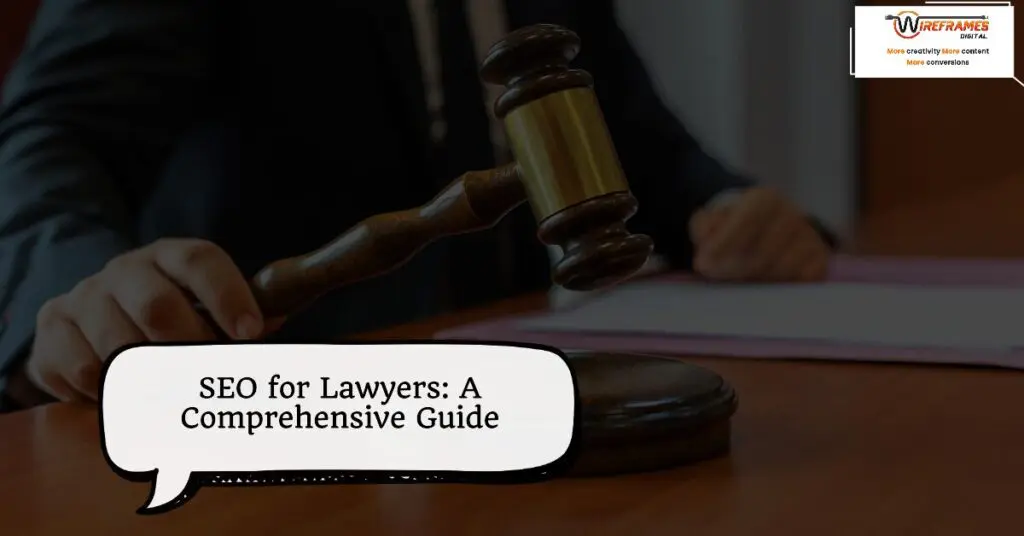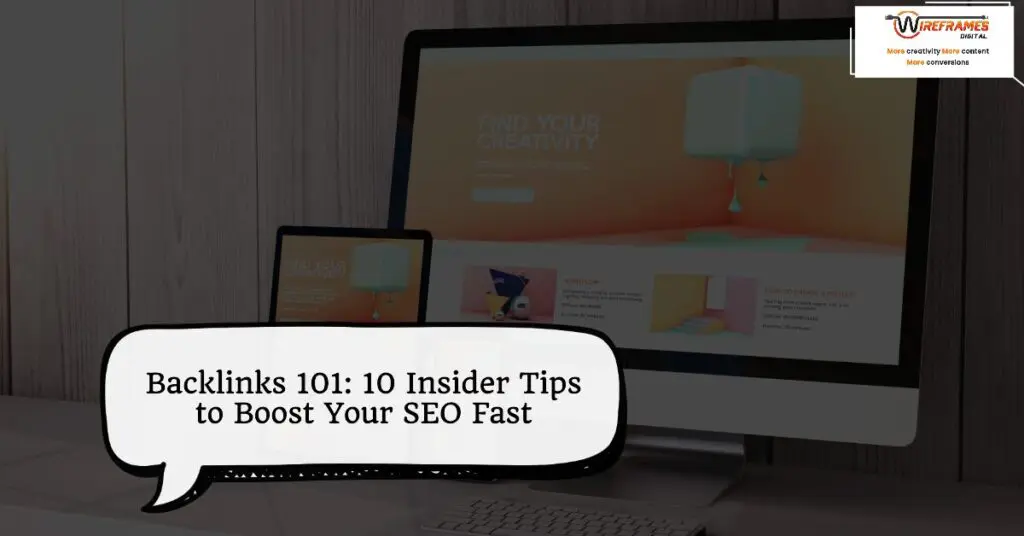How to write SEO friendly blog posts? It’s a significant problem faced by every content writer to write SEO-friendly blog posts; it needs some skills. The main challenges of writing SEO-friendly blog posts are optimizing search engines and creating user-friendly content (unique content) in the same ways. Writing optimized SEO-friendly posts for both readers and search engine is a skill. Writing SEO-friendly blog posts is a time-consuming process.
What does SEO writing mean?
Firstly says SEO writing needs some skill. It is the process of writing content to make a better rank on the result page of search engines. It includes researching keywords, writing high-quality content, and optimizing your headings and subheadings for search engine bots easy to crawl your blog post.
When you write SEO-friendly content, you should find out exact keywords at first and have a clear picture of the keywords. It’s not easy to write a blog with keywords and keep your readers engaged. Creating a good and attractive title is very important for SEO purposes and is user-friendly. Over putting keywords in your blog, the post will affect the content’s continuity and affect SEO wisely.
If you use the exact keywords too many times in a paragraph, the readers can irritate, or it affects the flow of the sentence so that you can use keywords wisely. If I take ‘SEO Company Mumbai‘ as a keyword, often using the same keyword will affect the flow of the sentence, so use keywords (similar meanings) like ‘SEO in Mumbai in Mumbai’ or ‘SEO service in Mumbai.’ This will help maintain readability and consistency and avoid repetition.
Here are some tips for how to write SEO friendly blog posts
Creating the structure for the blog post
First, you should maintain a well-built structure for your blog post. If a reader comes to ready your blog post, he should get a clear idea about what your post will say. An SEO-friendly blog post must need a unique start and maintain user-friendliness. A good blog post has an introduction that briefly says what the blog should have.A good blog should need a body of content that says the main message (explain) the topic. A blog should need a conclusion, which means a summary of the essential ideas of the topic.
Use headlines and subheadings.
Using heading and subheading will help both ways. Ln SEO-wise, it helps optimize the blog post and as a reader. It will increase the readability. People are more likely to share things that are easy to read.
Similarly, when the search engine robots crawl through your blog post, robots can easily understand the content because of the headings and subheadings in your blog posts. Adding keywords in header and subheadings is a great thing for SEO optimization.
Keep the paragraph shorts.
Paragraphs are used by everyone, although not everyone utilizes them effectively. Short sections are more easily read and comprehended. Experts advise writing paragraphs of 150 words or less in three to eight phrases. Typically the majority of users from mobile devices than desktop users, so make it easy (short) for them to read the blog post. It will increase users’ engagement rate and help in search ranking. If you publish unique content or more helpful blog posts, you will generate more traffic.
Optimize the length of the content
It is one of the critical factors for SEO-friendly blog posts. If you consider only the length of the content, it couldn’t be optimized content. Blog posts should need lengthy content, but you must prioritize quality over quantity. The goal of your blog post should be to provide value to your readers. Your page might have a few hundred words on it, but it could be added by several images and an excellent video that gives your readers a lot of value. Blog Posts with pictures and videos tend to rank better.
Optimize image
You add images and videos into your blog post, making content more engaging. The reader can spend more time on your blog post when your content has attractive images/videos. You can optimize the images by including keywords and ALT tags in the image files. Unoptimized images can slow down your website. It affects both SEO wisely and user-friendliness. Make sure the size of the image is optimized as well. Images that are excessively huge (large size) will slow down the page load time, affecting SEO. Optimizing your images will help to ensure better user experiences.
Write content for humans, not for search engines.
Isn’t it a common desire to want your content to rank and get as many as possible?. As a result, you may be tempted to write just for search engines, ignoring your reader’s taste. Writing high-quality content for people, not for bots, is one of the best methods to produce successful content. High-quality content generated for people will also get similar search engine results. You should write content that is easy to understand and follow by the readers.
Including keywords in your meta title and description
Writing catchy titles have a significant impact on your SEO wise and user-friendliness. Suppose you use descriptive and catchy titles. Readers will identify what your blog post is about and what they will get from reading it. Use these simple SEO methods to optimize your titles to improve your chances of ranking better. Make your keyword the first word in your title. Keep your title to 60 characters or less. In the search results, Google only shows the first 60 characters. Make sure you accurately explain the content of the post.
Making SEO friendly URLs
How to write SEO friendly blog posts? Url is an indispensable element when asked. In terms of ranking considerations, URLs are critical. The better the URL, the more relevant it is. This is because it offers a better user experience, particularly when sharing links. In your URL, include your target keyword. This will help categorize your URL in search engine results pages (SERPs). Remove unwanted words from your URLs to make them shorter and more relevant. The usual URL should be between 60 and 70 characters extended or three to five words long.
Create External linking and Internal linking
External linking and internal linking are essential for SEO purposes. Using relevant internal and external links on your blog post will boost your site’s search visibility and rank. An internal link is a link from one page to another in the same domain. Any link that leads to a different domain is sometimes referred to as an external link. External links can help search engines better understand what your post is about. Internal links help Google understand your website’s structure by connecting your content.
Update content regularly
One of the criteria Google uses to determine the quality of information is its freshness. As a result, upgrading older content regularly is an excellent approach to re-enter the search engine bots. This will improve your search engine rankings and increase your blog post’s traffic. Updating older content also increases your click-through rate.





















